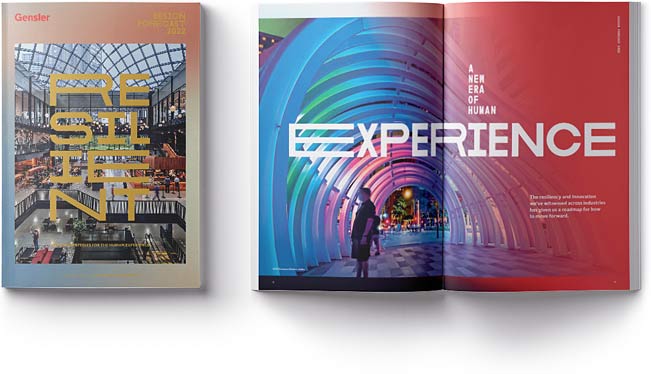ENERGY
A focus on sustainability and energy security will demand new solutions throughout the energy sector. The industry will continue to expand its offerings, including renewable energy, energy efficiency, renewable fuels, smart grid technologies, and energy storage systems as sub-sectors.
Confidential Client, Midland, Texas
01
Investments in a sustainable future have become paramount.
A focus on sustainability has become a prerequisite for the oil and gas industry as pressure mounts to promote renewable energy, sustainability, and the energy transition. In the coming years, we will see many more companies embed resilience within projects to minimize environmental impact and increase operational efficiencies. These investments will also include worker health and safety, and community engagement.
02
Artificial intelligence will accelerate energy transformation.
Over the next 30 years, energy systems will need to change dramatically to meet climate goals. Decarbonization efforts and renewable energy generation is already growing rapidly. The next step is to leverage AI to enable more efficient and cost-effective decision-making for smart grids, sensor-connected power plants, and wind turbines. Smart technology will help the industry transition quickly and efficiently to a low-carbon global energy system.
03
Resilience strategies will become essential for mitigating risk.
The energy sector must become increasingly resilient in addressing aging infrastructure and decarbonization. Additionally, the sector must prepare for and adapt to risks, such as supply chain disruption, cyberattacks, and the extreme weather associated with climate change. The transformation must take into account the inequities among low-income communities that might lack the resources to withstand or rebound after crises.
04
Flexible, purposeful spaces are fundamental to future success.
The energy industry can spur innovation with workplaces that are a collection of flexible and purposeful spaces, supplied with optimal technology. This will create an equitable experience for all workers, whether they’re participating virtually or in-person. New space typologies should be introduced as an extension of the energy sector workplace rather than just a transition, with opportunities to pause, have a conversation, and work indoors and outdoors.
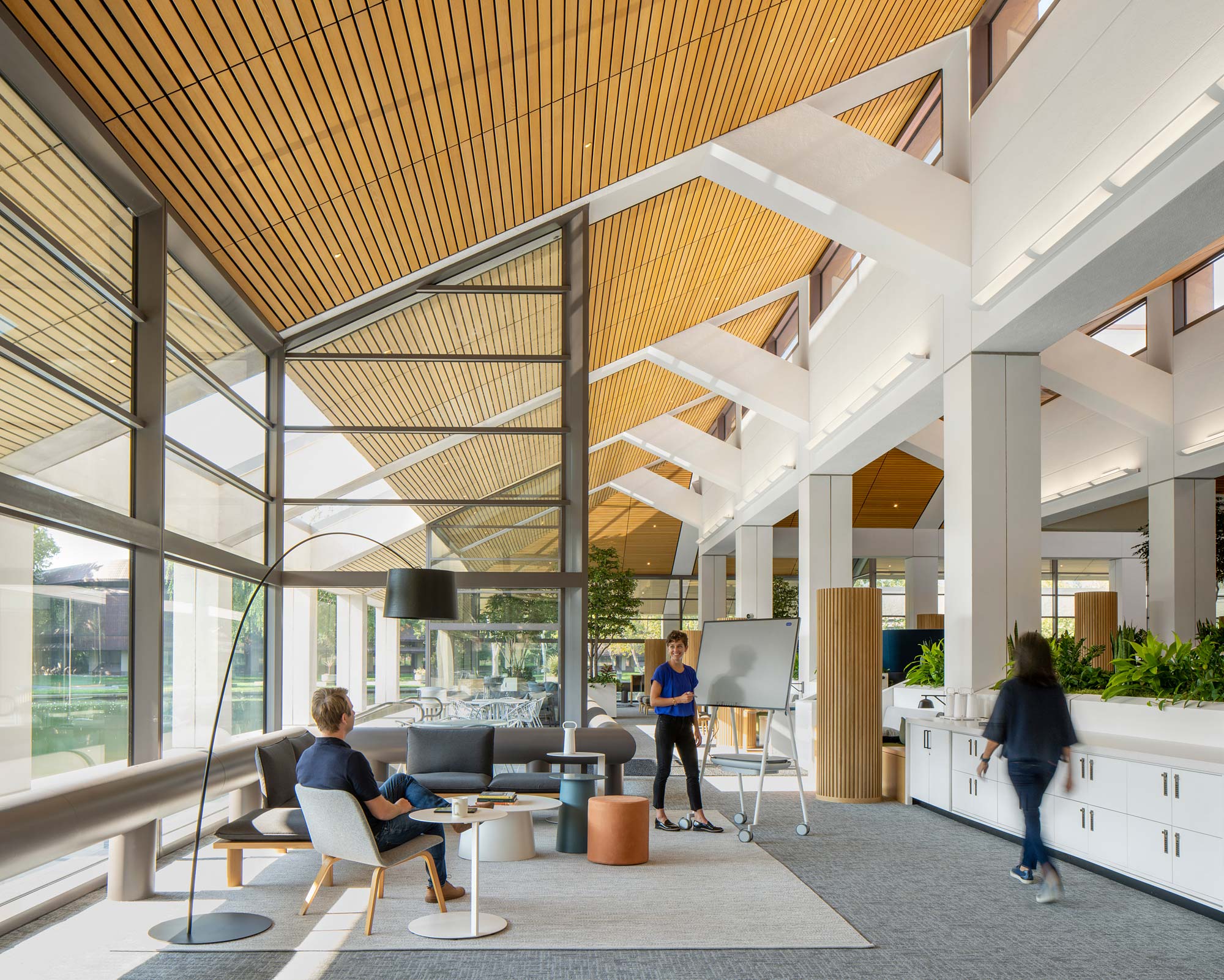
Confidential Client, San Ramon, Calif.
“Renewable energy generation is growing rapidly, driven by falling costs and growing investor interest.”
—World Economic Forum
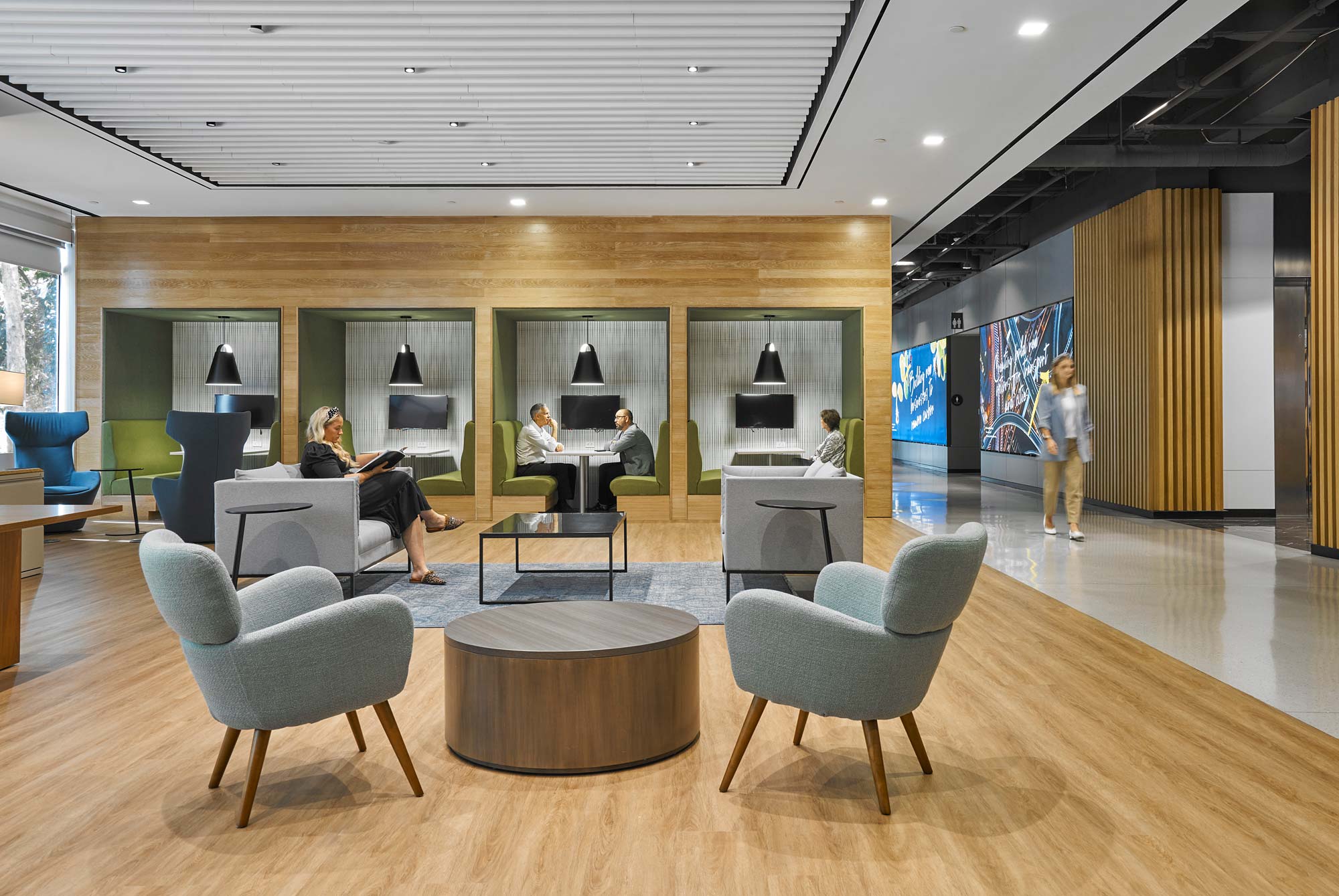
Confidential Client, Houston
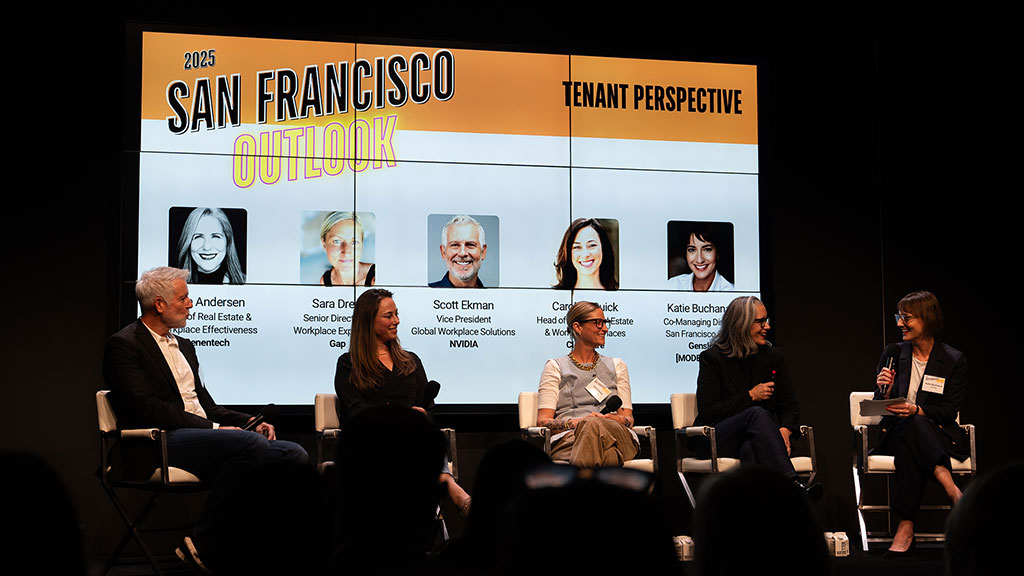
What’s Next for the Workplaces of San Francisco?
As the city’s office market navigates recovery, landlords, building owners, and employers must consider the varying needs of future real estate vs. the status quo.
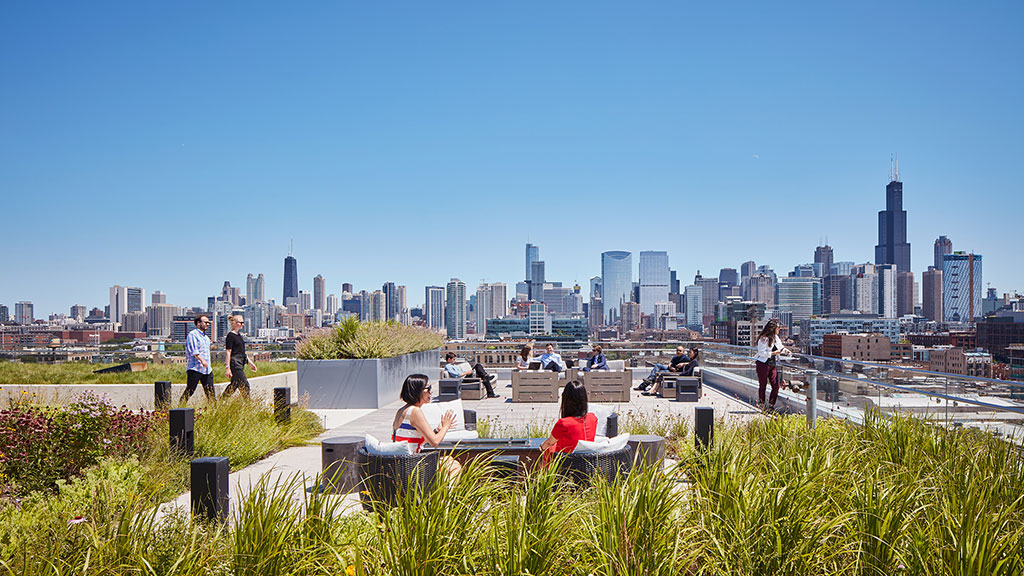
Designing a New Future of Cities Through Wellness and Experience Design
How cities can take an active role in fostering healthier, more fulfilling urban lives for residents and visitors.
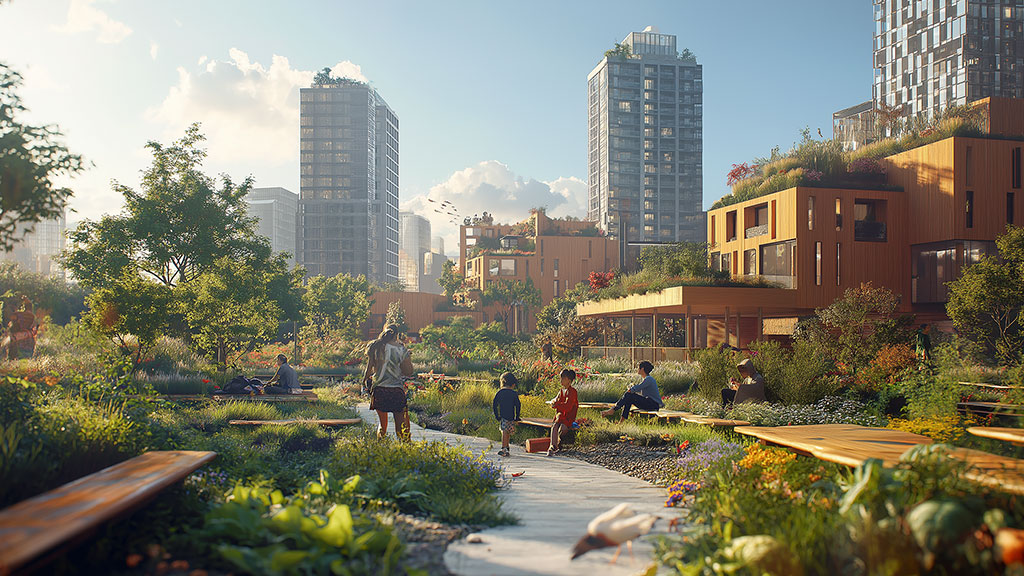
Creating a More Resilient Future With Green and Thriving Cities
As the demand for sustainable and liveable cities grows, urban planners and architects are adopting innovative strategies to harmonise built and natural environments.
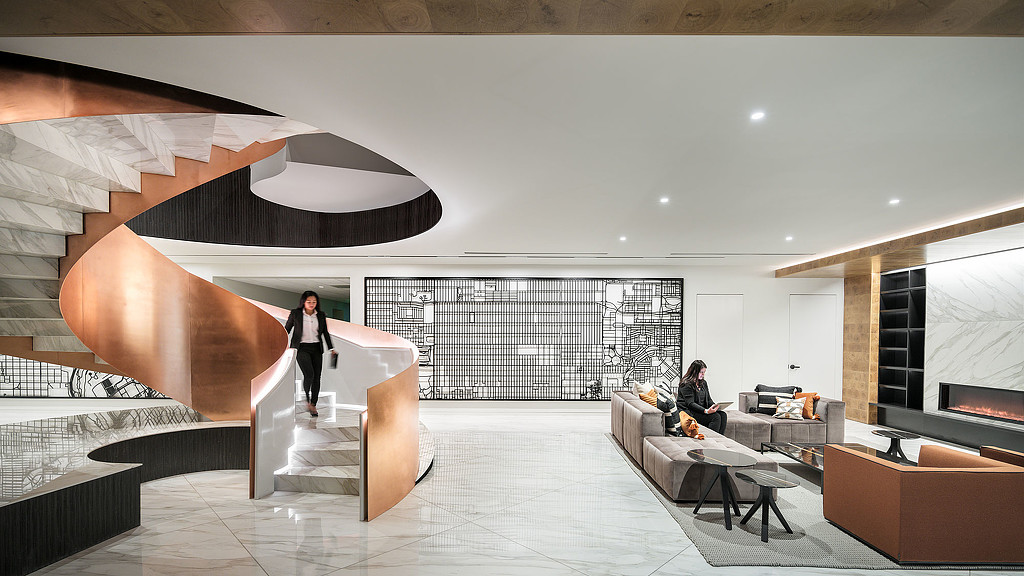
bpx energy
Denver, Colorado
Gensler created a sleek, hospitality-focused workplace that is anchored by an iconic stairway to enable a fully connected workspace for employees across floors.
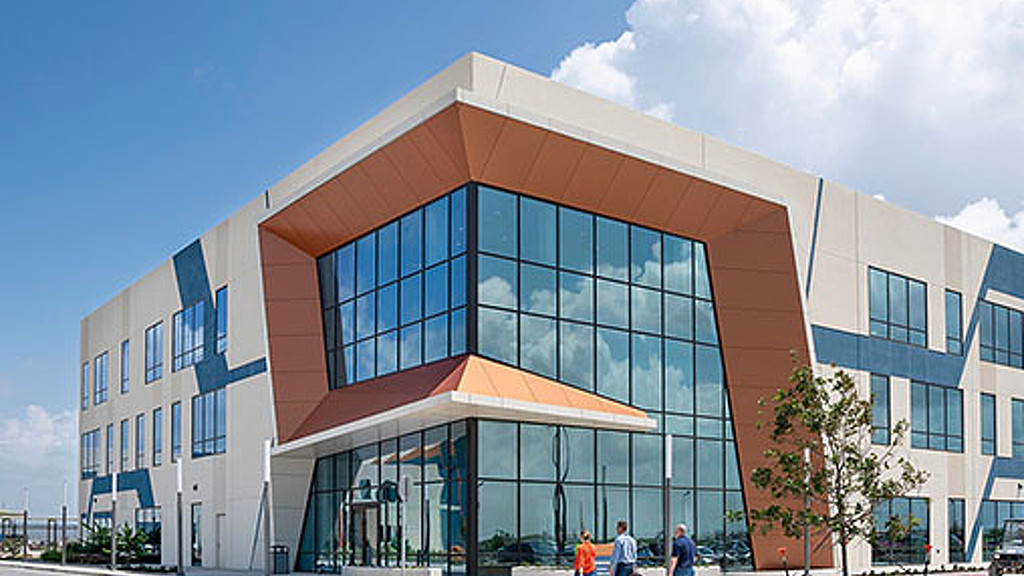
Confidential Plastics Manufacturing Facility
Gregory, Texas
With a focus on the human experience, this confidential client developed a 28-acre plastics manufacturing facility with an efficient and effective design led by Gensler.
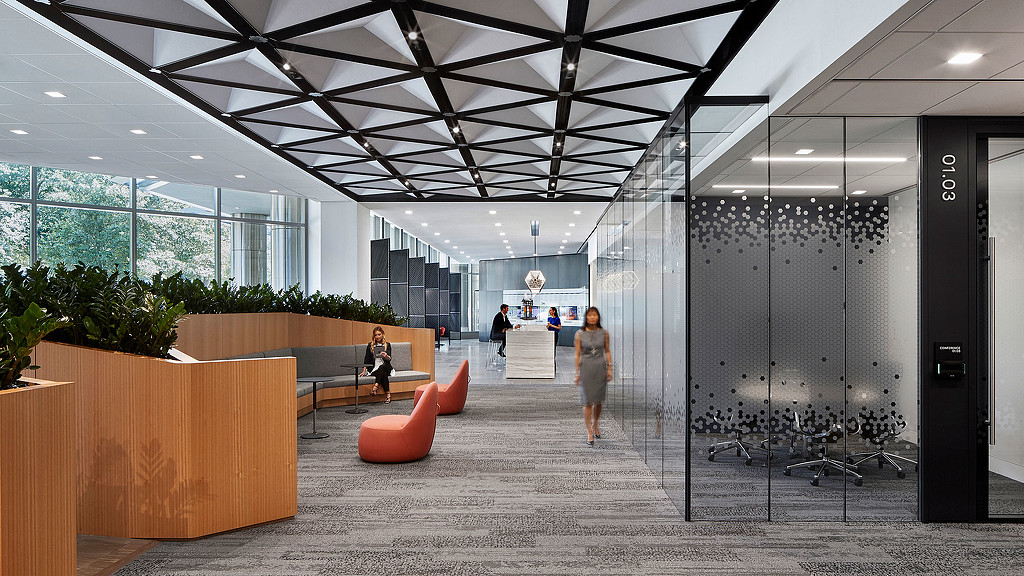
BHP, 1500 Post Oak
Houston, Texas
BHP embarked on a campus consolidation to align with global standards and to create a more collaborative, open-neighborhood plan that offers choice.

Catherine Black
Energy Leader, Design Director
As a global leader of Gensler’s Energy practice, Catherine Black delivers projects, ranging from corporate workplaces and campuses to healthcare and government.

Vince Flickinger
Energy Leader, Design Director, Principal
Vince is a global leader in Gensler’s Energy practice who brings over 20 years of experience in a broad range of project types and roles. His involvement in all phases of projec...

Jacqueline Salterio
Design Resilience Leader, Design Manager
Extreme attention to detail makes Jacqueline adept in designing projects that meet the most stringent design guidelines and programmatic needs. In her role as Design Resilience ...
